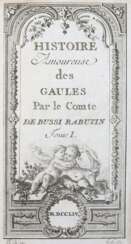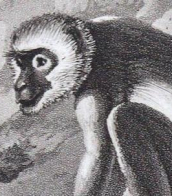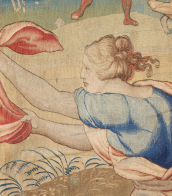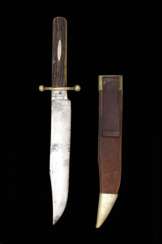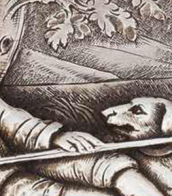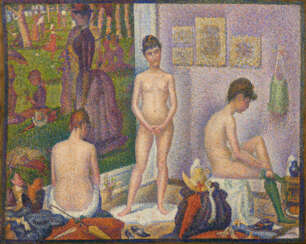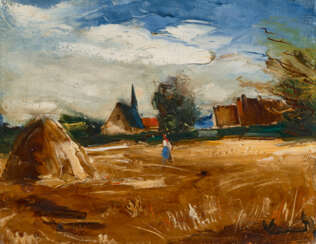roger greßl
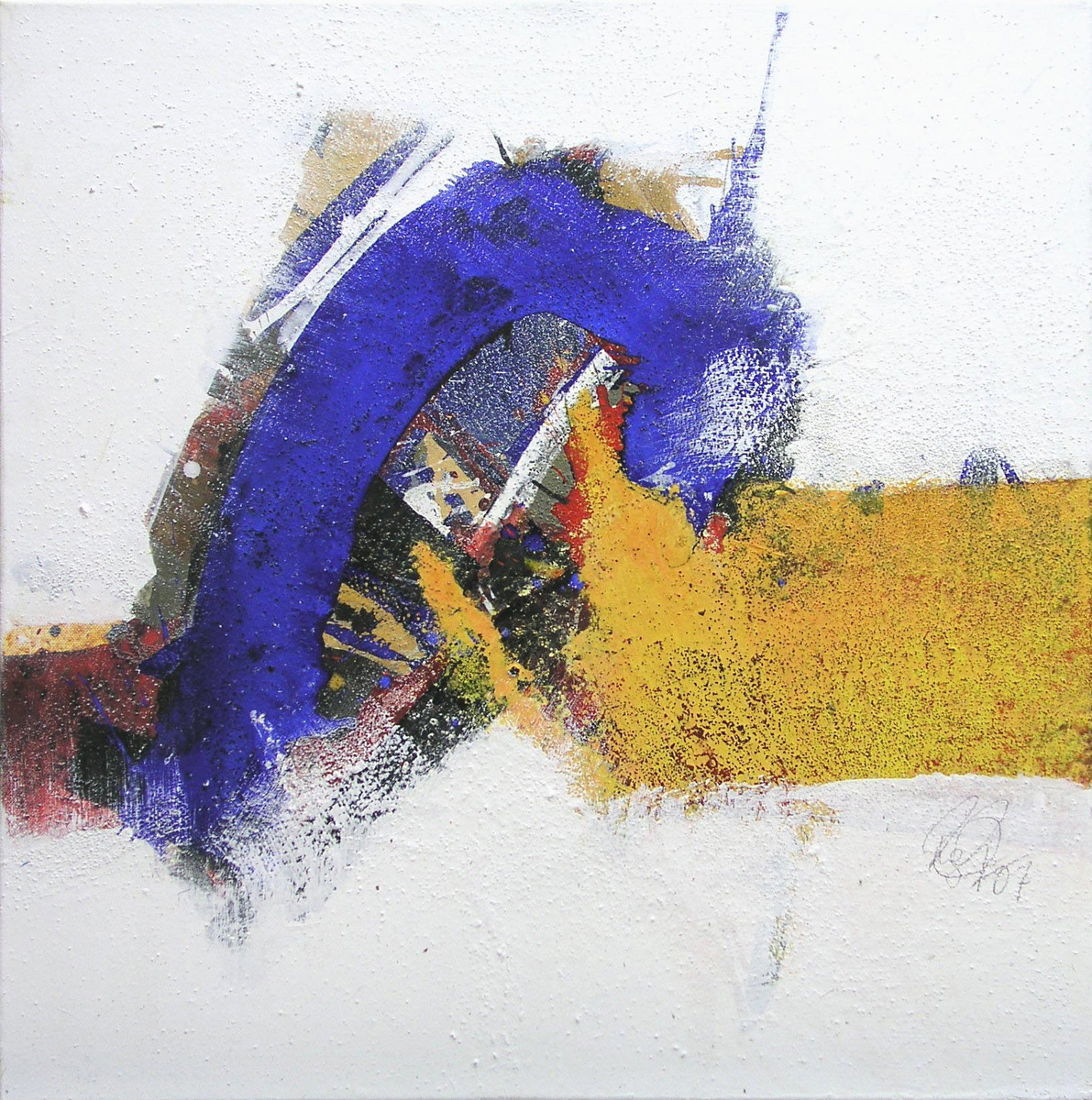
Roger Gressl is a contemporary Austrian painter. His overpaintings are well known. Gressl has been working as a freelance painter and graphic artist since 1987. His works have been shown in numerous solo exhibitions in Berlin, Krems, St. Pölten, Innsbruck, Vienna, Frankfurt, Heidelberg, Mannheim, Feldkirch, Bergamo, Wels and London. Since 1988 he has been regularly represented at international art fairs in Basel, Barcelona, Frankfurt, Florence, Ghent, Los Angeles and Nuremberg. Gressl's recognizability lies in the consistent use and treatment of his color combinations and the acrylic mixing technique used. The artist tries to achieve an effect through complementary colours, to form axes and knows how to create a closed, harmonious color composition based on aggressive colors using shades of gray and white.
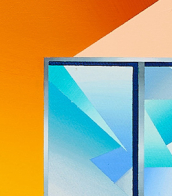

Roger Gressl is a contemporary Austrian painter. His overpaintings are well known. Gressl has been working as a freelance painter and graphic artist since 1987. His works have been shown in numerous solo exhibitions in Berlin, Krems, St. Pölten, Innsbruck, Vienna, Frankfurt, Heidelberg, Mannheim, Feldkirch, Bergamo, Wels and London. Since 1988 he has been regularly represented at international art fairs in Basel, Barcelona, Frankfurt, Florence, Ghent, Los Angeles and Nuremberg. Gressl's recognizability lies in the consistent use and treatment of his color combinations and the acrylic mixing technique used. The artist tries to achieve an effect through complementary colours, to form axes and knows how to create a closed, harmonious color composition based on aggressive colors using shades of gray and white.


Roger Gressl is a contemporary Austrian painter. His overpaintings are well known. Gressl has been working as a freelance painter and graphic artist since 1987. His works have been shown in numerous solo exhibitions in Berlin, Krems, St. Pölten, Innsbruck, Vienna, Frankfurt, Heidelberg, Mannheim, Feldkirch, Bergamo, Wels and London. Since 1988 he has been regularly represented at international art fairs in Basel, Barcelona, Frankfurt, Florence, Ghent, Los Angeles and Nuremberg. Gressl's recognizability lies in the consistent use and treatment of his color combinations and the acrylic mixing technique used. The artist tries to achieve an effect through complementary colours, to form axes and knows how to create a closed, harmonious color composition based on aggressive colors using shades of gray and white.


Roger Gressl is a contemporary Austrian painter. His overpaintings are well known. Gressl has been working as a freelance painter and graphic artist since 1987. His works have been shown in numerous solo exhibitions in Berlin, Krems, St. Pölten, Innsbruck, Vienna, Frankfurt, Heidelberg, Mannheim, Feldkirch, Bergamo, Wels and London. Since 1988 he has been regularly represented at international art fairs in Basel, Barcelona, Frankfurt, Florence, Ghent, Los Angeles and Nuremberg. Gressl's recognizability lies in the consistent use and treatment of his color combinations and the acrylic mixing technique used. The artist tries to achieve an effect through complementary colours, to form axes and knows how to create a closed, harmonious color composition based on aggressive colors using shades of gray and white.
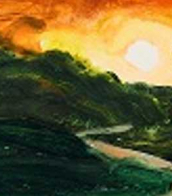

Roger Gressl is a contemporary Austrian painter. His overpaintings are well known. Gressl has been working as a freelance painter and graphic artist since 1987. His works have been shown in numerous solo exhibitions in Berlin, Krems, St. Pölten, Innsbruck, Vienna, Frankfurt, Heidelberg, Mannheim, Feldkirch, Bergamo, Wels and London. Since 1988 he has been regularly represented at international art fairs in Basel, Barcelona, Frankfurt, Florence, Ghent, Los Angeles and Nuremberg. Gressl's recognizability lies in the consistent use and treatment of his color combinations and the acrylic mixing technique used. The artist tries to achieve an effect through complementary colours, to form axes and knows how to create a closed, harmonious color composition based on aggressive colors using shades of gray and white.


Roger Gressl is a contemporary Austrian painter. His overpaintings are well known. Gressl has been working as a freelance painter and graphic artist since 1987. His works have been shown in numerous solo exhibitions in Berlin, Krems, St. Pölten, Innsbruck, Vienna, Frankfurt, Heidelberg, Mannheim, Feldkirch, Bergamo, Wels and London. Since 1988 he has been regularly represented at international art fairs in Basel, Barcelona, Frankfurt, Florence, Ghent, Los Angeles and Nuremberg. Gressl's recognizability lies in the consistent use and treatment of his color combinations and the acrylic mixing technique used. The artist tries to achieve an effect through complementary colours, to form axes and knows how to create a closed, harmonious color composition based on aggressive colors using shades of gray and white.


Roger Gressl is a contemporary Austrian painter. His overpaintings are well known. Gressl has been working as a freelance painter and graphic artist since 1987. His works have been shown in numerous solo exhibitions in Berlin, Krems, St. Pölten, Innsbruck, Vienna, Frankfurt, Heidelberg, Mannheim, Feldkirch, Bergamo, Wels and London. Since 1988 he has been regularly represented at international art fairs in Basel, Barcelona, Frankfurt, Florence, Ghent, Los Angeles and Nuremberg. Gressl's recognizability lies in the consistent use and treatment of his color combinations and the acrylic mixing technique used. The artist tries to achieve an effect through complementary colours, to form axes and knows how to create a closed, harmonious color composition based on aggressive colors using shades of gray and white.


Roger Gressl is a contemporary Austrian painter. His overpaintings are well known. Gressl has been working as a freelance painter and graphic artist since 1987. His works have been shown in numerous solo exhibitions in Berlin, Krems, St. Pölten, Innsbruck, Vienna, Frankfurt, Heidelberg, Mannheim, Feldkirch, Bergamo, Wels and London. Since 1988 he has been regularly represented at international art fairs in Basel, Barcelona, Frankfurt, Florence, Ghent, Los Angeles and Nuremberg. Gressl's recognizability lies in the consistent use and treatment of his color combinations and the acrylic mixing technique used. The artist tries to achieve an effect through complementary colours, to form axes and knows how to create a closed, harmonious color composition based on aggressive colors using shades of gray and white.
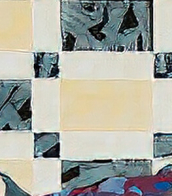

Roger Gressl is a contemporary Austrian painter. His overpaintings are well known. Gressl has been working as a freelance painter and graphic artist since 1987. His works have been shown in numerous solo exhibitions in Berlin, Krems, St. Pölten, Innsbruck, Vienna, Frankfurt, Heidelberg, Mannheim, Feldkirch, Bergamo, Wels and London. Since 1988 he has been regularly represented at international art fairs in Basel, Barcelona, Frankfurt, Florence, Ghent, Los Angeles and Nuremberg. Gressl's recognizability lies in the consistent use and treatment of his color combinations and the acrylic mixing technique used. The artist tries to achieve an effect through complementary colours, to form axes and knows how to create a closed, harmonious color composition based on aggressive colors using shades of gray and white.

Joseph Fernand Henri Léger was a French artist renowned for his innovative approach to Cubism and his transition towards a figurative, populist style. Born in Argentan, Orne, Lower Normandy, Léger's early career was marked by a stint as an architectural draftsman and a series of educational pursuits that eventually led him to Paris, where he embraced painting seriously. His artistic journey was significantly influenced by the bold abstractions of Cubism, characterized by geometric shapes and a vibrant palette, distinguishing his work from his contemporaries with what came to be known as "Tubism".
Léger's service in World War I profoundly impacted his artistic direction, leading him to adopt a 'mechanical' style that depicted the modern industrial world with sleek, tubular forms. This period saw creations like "Soldier with a Pipe" and "The Card Players," reflecting his war experiences and the mechanical aesthetics of the time. The post-war era encouraged Léger to explore the mechanical style further, evident in works like "The Bargeman" and "Mechanical Elements," highlighting the pace of technological advancement.
Throughout his career, Léger's work evolved, notably in the 1920s, where he aligned with Purist ideas, blending classicism with modernity. This phase is exemplified in "Woman with a Cat," showcasing a classical form with a modern, polished finish. By the 1930s, Léger's art took a more figurative, populist turn, aiming to democratize contemporary art and make it more accessible. His commitment to art education, especially for the common worker, underscored his belief in the social role of art.
For those intrigued by Joseph Fernand Henri Léger's groundbreaking contributions to modern art, his works can be found in prestigious museums worldwide. His legacy continues to inspire art collectors and enthusiasts alike. To stay updated on exhibitions and auction events featuring Léger's work, sign up for updates and embrace the unique opportunity to explore the richness of his artistic endeavors.

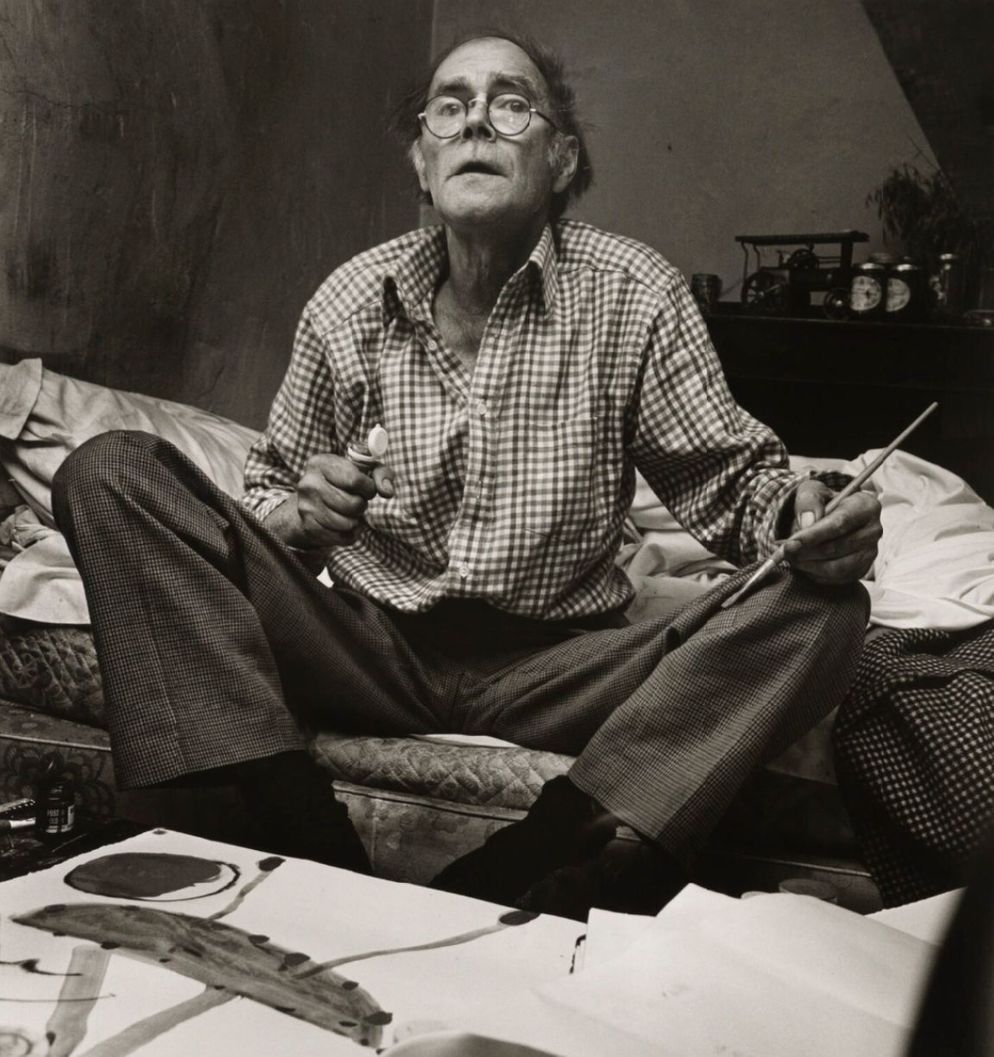
Roger Hilton was a pioneer of abstract art in post-Second World War Britain. Often associated with the 'middle generation' of St Ives painters – Terry Frost, Patrick Heron, Peter Lanyon & Bryan Wynter – he spent much of his career in London, where his work was deeply influenced by European avante-garde movements such as tachisme and CoBrA.

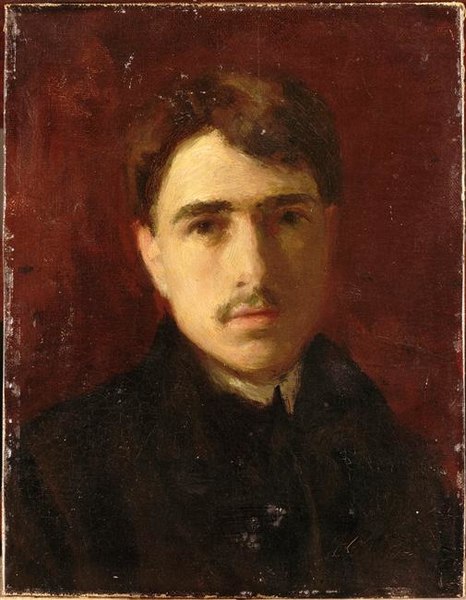
Roger de la Fresnaye was a French painter, a representative of Cubism in painting.
He studied at the Académie Julian in Paris and was fascinated by the art of Paul Cézanne. In his works Fresnaye synthesized lyrical color with geometric simplifications of Cubism.

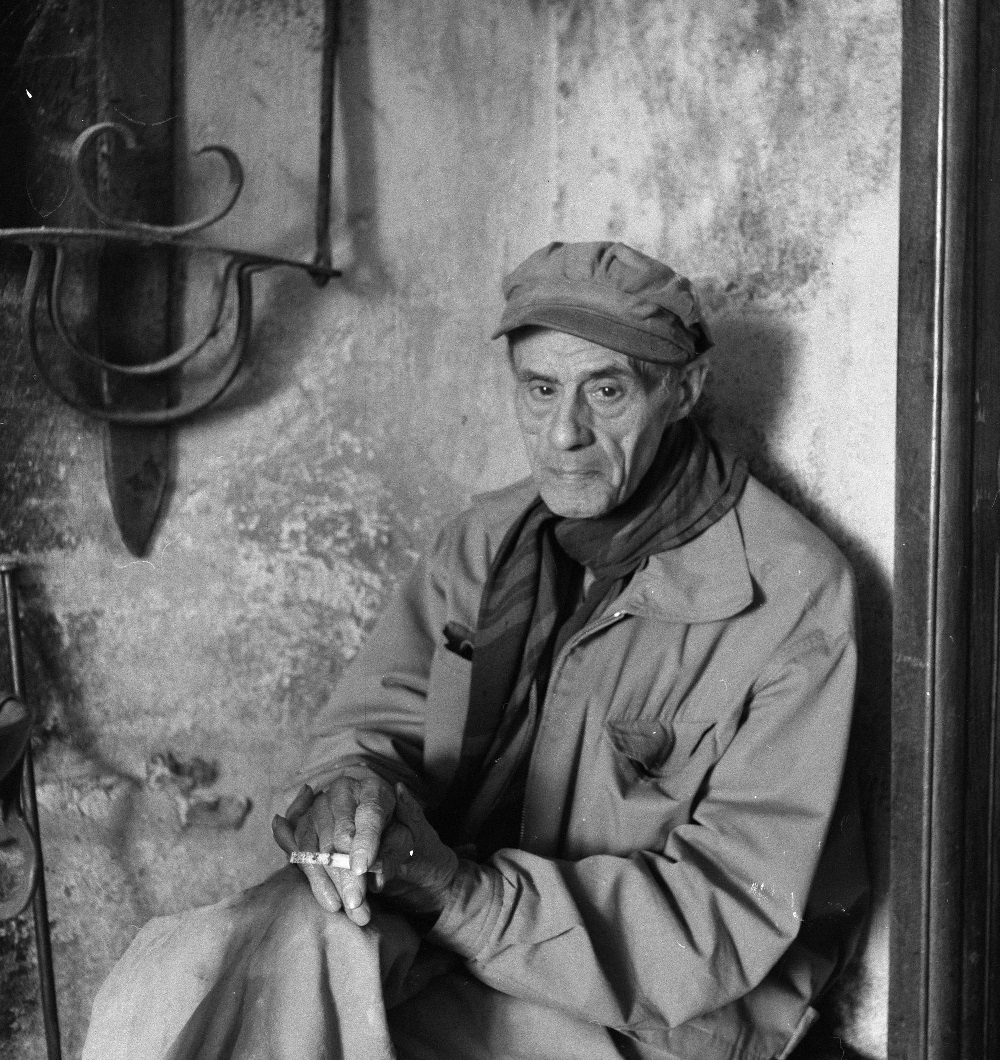
Roger Bissière was a French artist. He designed stained glass windows for Metz cathedral and several other churches.

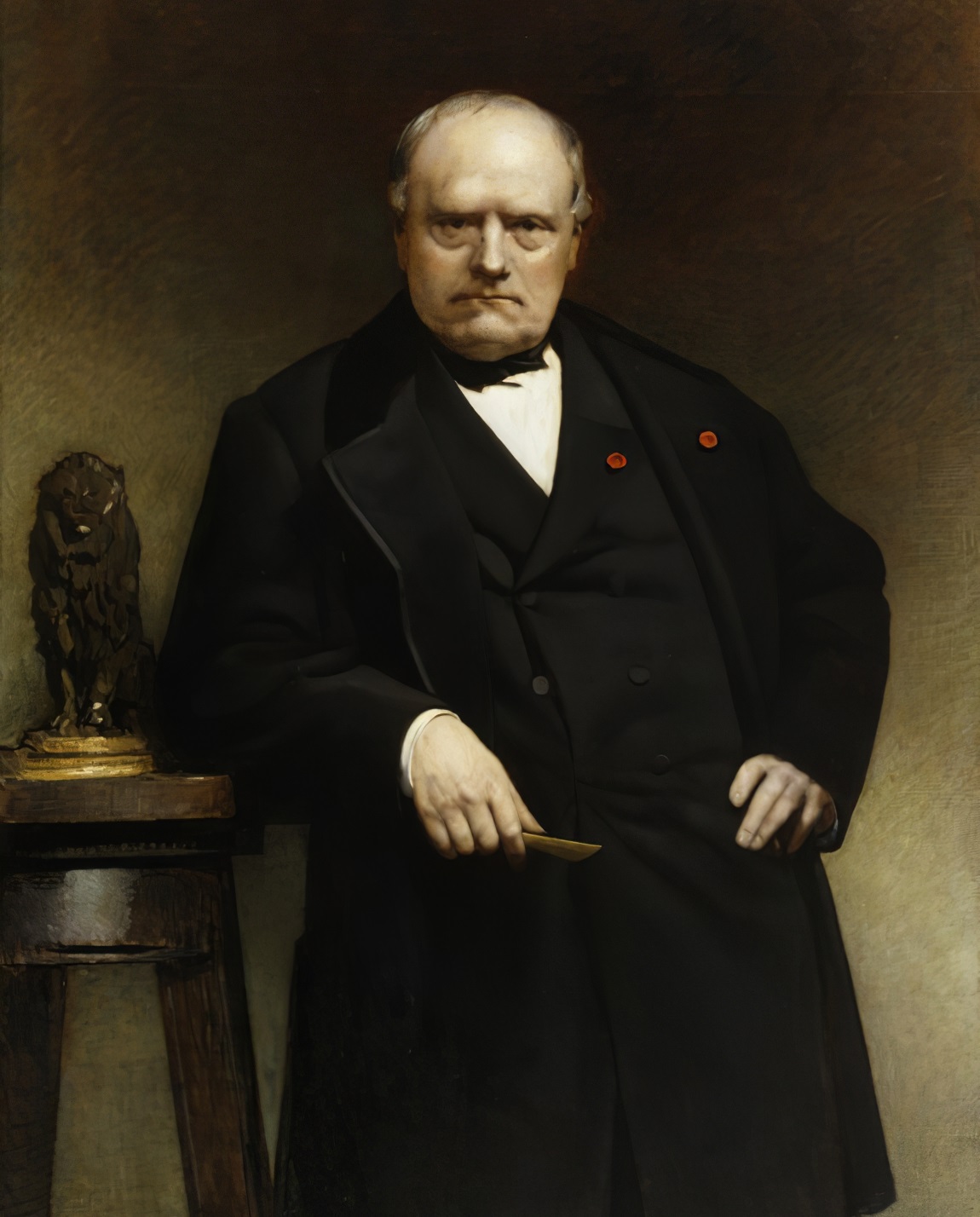
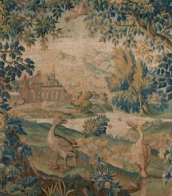
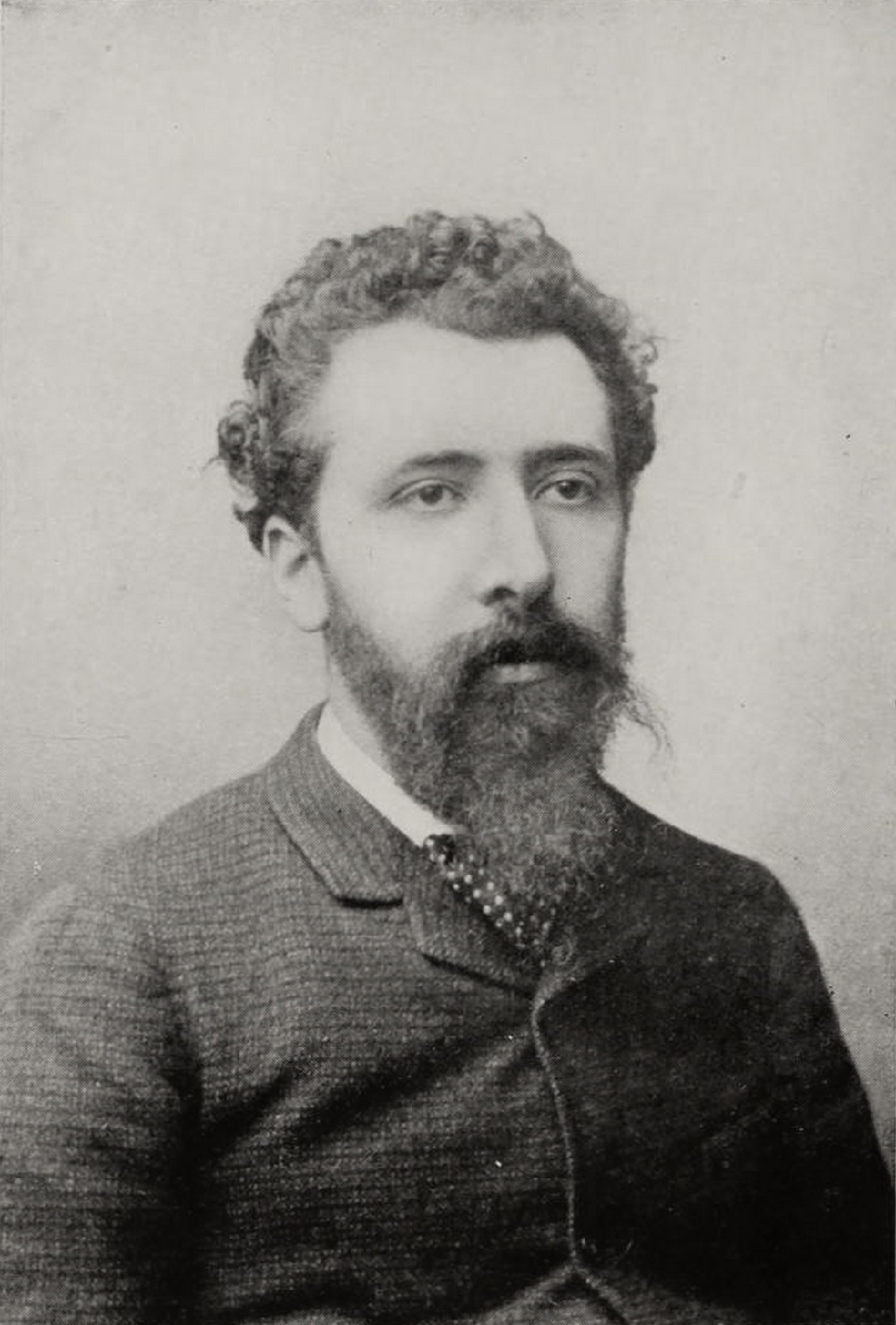
Georges Seurat was a French painter, renowned as the founder of the 19th-century French school of Neo-Impressionism. His groundbreaking technique, Pointillism, involved the use of tiny, contrasting color brushstrokes that, when viewed together, created a luminous quality in his compositions. Seurat's life was a blend of rigorous academic training and innovative artistic exploration.
Born on December 2, 1859, in Paris, Seurat demonstrated an early interest in art. He received formal training at the École des Beaux-Arts under Henri Lehmann, a disciple of the Neo-Classical painter Ingres, where he honed his skills in drawing and composition. Seurat was deeply influenced by color theories and the science of optics, which became central to his artistic approach. He was particularly inspired by the work of Michel-Eugène Chevreul and Ogden N. Rood, whose writings on color contrast and harmony greatly influenced his painting technique.
One of Seurat's most famous works, "A Sunday Afternoon on the Island of La Grande Jatte" (1884–1886), showcased his Pointillism technique. This painting, now housed in the Art Institute of Chicago, portrays members of different social classes engaged in various activities in a park setting. The work is notable for its use of small, juxtaposed dots of multi-colored paint, which allow the viewer's eye to blend colors optically. This technique was a significant departure from the traditional methods of color mixing on the canvas.
Another notable work by Seurat is "Bathers at Asnières" (1884), displayed at the National Gallery in London. This large canvas depicts young men relaxing by the Seine in a working-class suburb of Paris. The painting reflects Seurat's neoclassical training, with its smooth, simplified textures and carefully outlined figures.
Seurat's final painting, "The Circus" (1890-91), represents a shift to a more dynamic representation of movement and is typical of his late style. Unfortunately, Seurat's life was cut short when he died suddenly in March 1891, leaving "The Circus" unfinished. This painting is now part of the collection at the Musée d'Orsay in Paris.
Seurat's innovative techniques and his exploration of color theory and optics had a lasting impact on the art world, influencing subsequent generations of artists. His work remains a testament to the fusion of scientific principles with artistic expression, making him a pivotal figure in the transition from Impressionism to Post-Impressionism and modern art.
For those captivated by the genius of Georges Seurat and his revolutionary art, there's an exclusive opportunity waiting for you. By signing up for our updates, you'll be the first to know about new product sales and auction events related to Seurat's works and legacy. This subscription is tailored for enthusiasts, collectors, and experts in the field of art and antiques, ensuring you receive only the most relevant and curated information. Don't miss out on the chance to enhance your collection and deepen your understanding of Seurat's impact on the art world. Sign up now and stay ahead in the world of fine art and antiques.

.jpg)
Maurice de Vlaminck was a French artist renowned for his vibrant use of color and contribution to the Fauvist movement. Born in Paris in 1876, Vlaminck's early work was marked by a passionate application of paint and a bold palette, drawing inspiration from Vincent van Gogh and Henri Matisse. His participation in the 1905 Salon d'Automne, alongside other Fauvist painters, was met with critical disdain, leading to the term "fauves" (wild beasts) being coined to describe their unorthodox use of intense color.
Vlaminck's career was characterized by a continuous exploration of color and form. Early on, he depicted scenes of daily life, landscapes, and portraits, imbuing them with a sense of motion through his dynamic brushwork. Notable works from this period include "Sur le zinc" (At the Bar) and "L'homme a la pipe" (Man Smoking a Pipe), which highlighted his departure from traditional portraiture and landscapes towards more expressive and mood-driven compositions. His landscapes, in particular, showcased a disregard for detail in favor of conveying atmosphere, a technique that was revolutionary at the time.
Throughout his life, Vlaminck's style evolved, showing influences from Post-Impressionism and later, a more monochromatic palette reminiscent of Paul Cézanne. Despite this evolution, he maintained a critical stance towards Cubism and its leading figure, Pablo Picasso, believing that Cubism had led French painting into a "wretched dead end". In his later years, Vlaminck's work adopted a darker palette and more naturalistic style, moving away from the Fauvist emphasis on color to explore the dramatic and expressive potential of landscapes and seascapes.
Vlaminck's impact on modern art is undeniable. His works are held in prestigious collections worldwide, including the Hermitage Museum in Saint Petersburg and the Minneapolis Institute of Art, attesting to his enduring influence and the continued fascination with his bold, expressive approach to painting.
For collectors and experts in art and antiques, Vlaminck's oeuvre represents a pivotal moment in the history of modern art, where the emotional intensity and visual impact of color were explored as never before. To stay informed on new product sales and auction events related to Maurice de Vlaminck, signing up for updates is recommended, offering exclusive insights into the vibrant world of Fauvism and modernist painting.

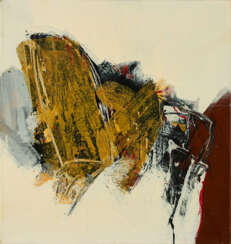

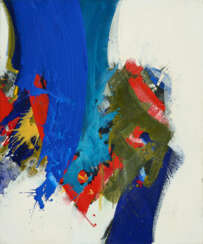

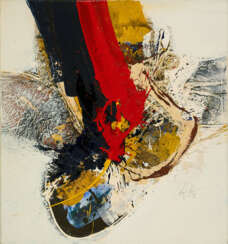

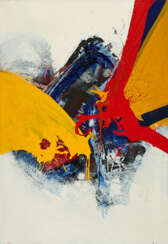

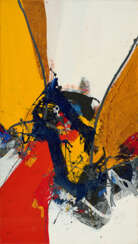

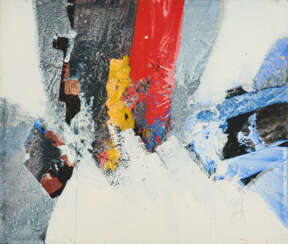

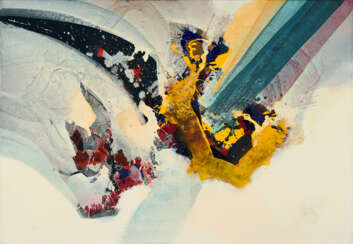

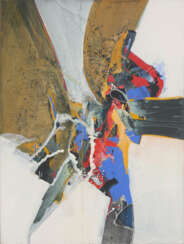

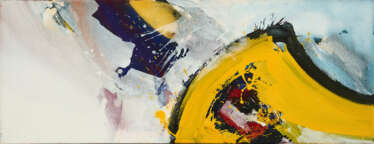

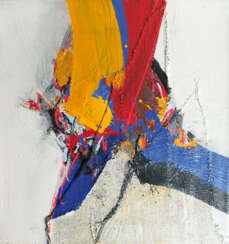

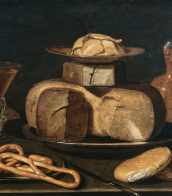
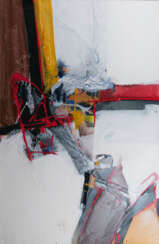

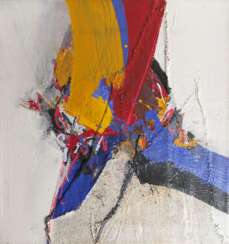

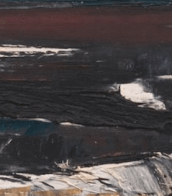
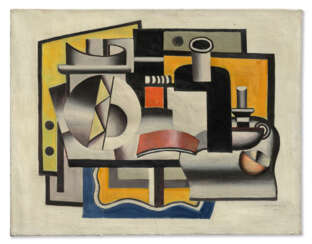

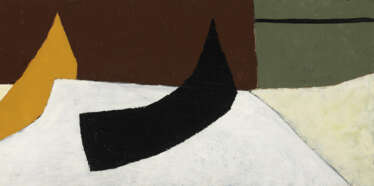

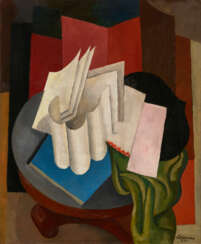




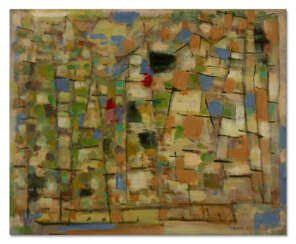

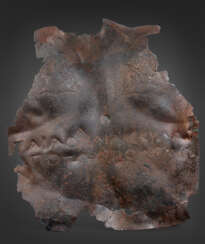

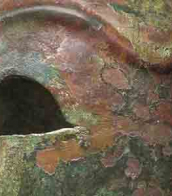
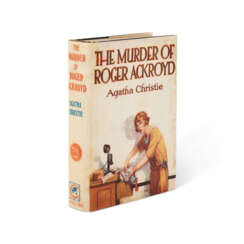


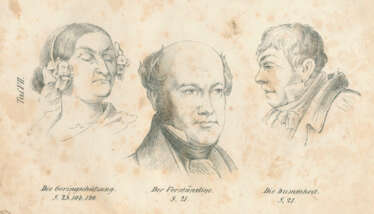

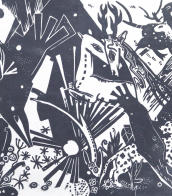
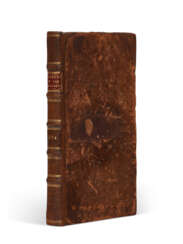










![[BUSSY-RABUTIN, Roger de Rabutin, comte de Bussy, dit (1618-1693)]](/assets/image/picture_2500792/6fa2c/b0da14b4b8649232d05346cb502ab1b21667984400jpg__fix_374_244.jpeg)
![[BUSSY-RABUTIN, Roger de Rabutin, comte de Bussy, dit (1618-1693)]](https://veryimportantlot.com/assets/image/picture_2500792/6fa2c/b0da14b4b8649232d05346cb502ab1b21667984400jpg__fix_374_244.jpeg)

